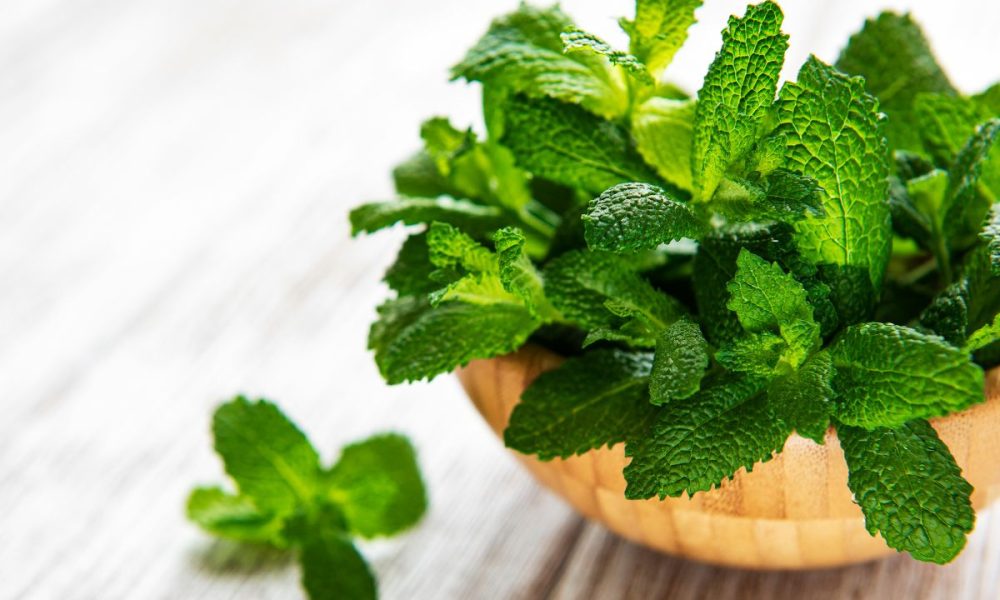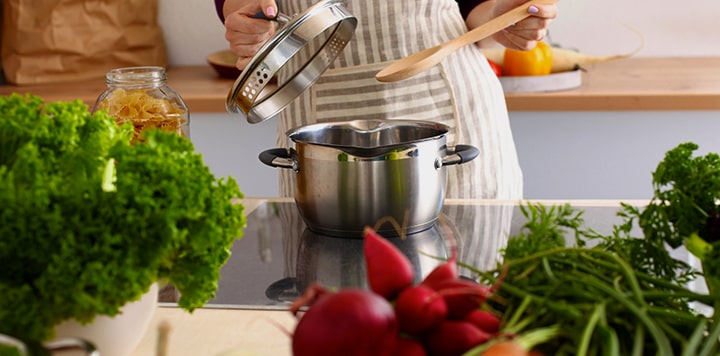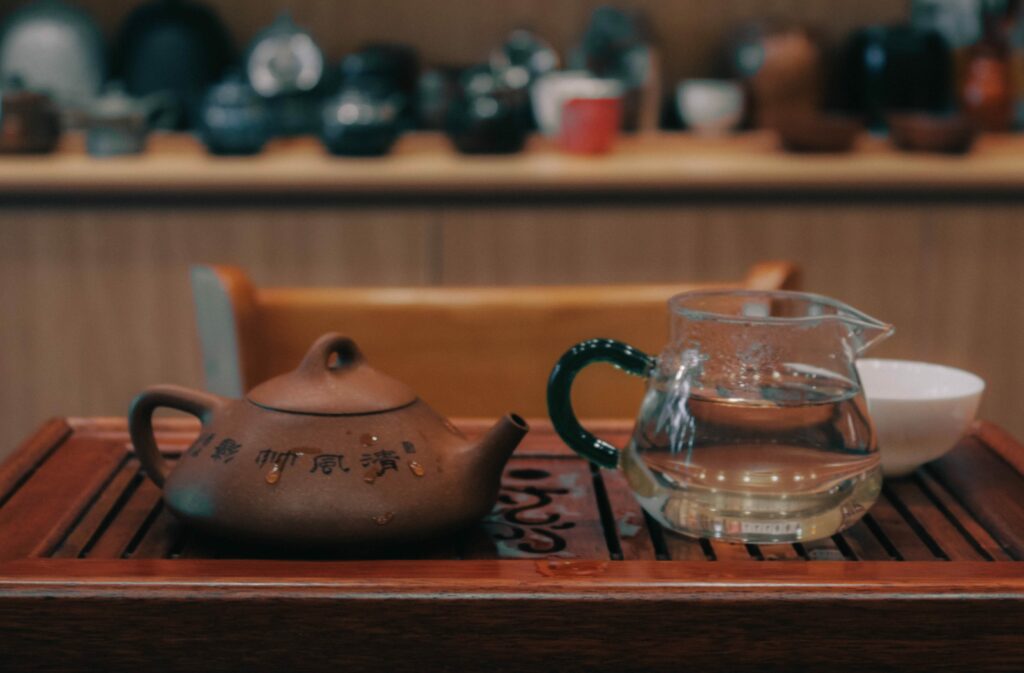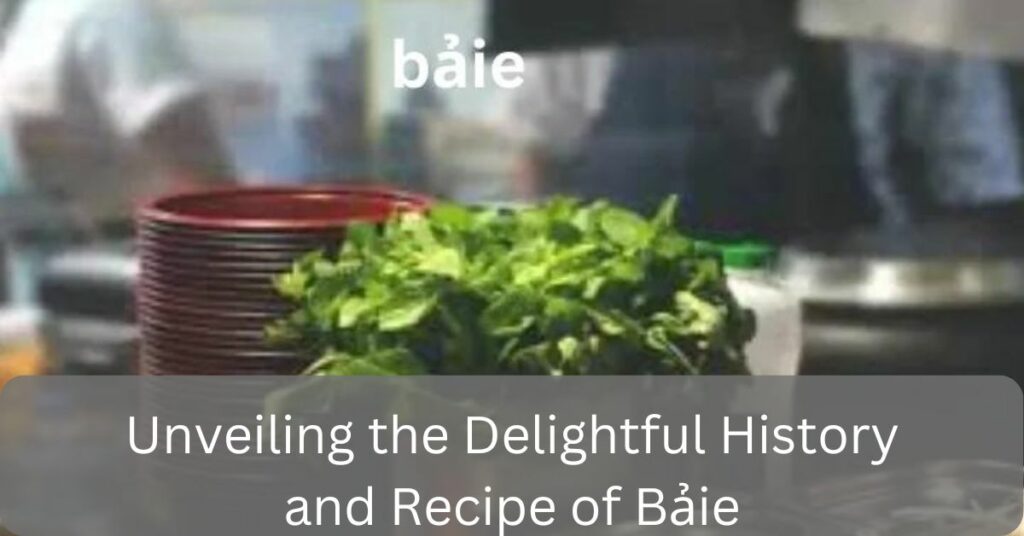Exploring the origins and flavors of traditional Vietnamese cuisine often leads to fascinating discoveries, and one such delight is bảie. This delectable treat, beloved by many, holds a rich history intertwined with Vietnamese culinary heritage. In this article, we delve into the captivating story behind bảie and uncover the steps to prepare this mouthwatering dessert.
The Origins of Bảie:

The history of bảie is as diverse as its flavors. Various theories abound regarding its origin, each adding a layer of intrigue to its narrative.
One prevalent belief suggests that bảie traces its roots back to the Tang Dynasty, where Chinese soldiers stationed in Vietnam introduced the recipe. It is speculated that they carried this culinary gem with them, thus embedding it into Vietnamese culture.
Another captivating theory proposes that bảie made its way to Vietnam during the 16th century, courtesy of Portuguese missionaries.
As they traversed the globe, spreading their teachings, they also shared the wonders of bảie, leaving an indelible mark on Vietnamese cuisine. Regardless of its precise inception, bảie has firmly entrenched itself as a quintessential component of Vietnamese gastronomy.
The Making of Bảie:
Crafting bảie is a meticulous process that yields a delightful outcome. This classic Vietnamese dessert harmoniously blends rice flour, water, and sugar, resulting in a batter that forms the foundation of bảie’s distinct texture and flavor.
The preparation typically involves steaming the batter in bamboo bowls, infusing it with a subtle earthiness that complements its sweetness.
Once steamed to perfection, bảie emerges from its bamboo confines, exuding an irresistible aroma that beckons eager palates.
Traditionally served warm, bảie tantalizes taste buds with its soft, chewy texture, inviting indulgence with every bite.
Whether enjoyed plain or adorned with a drizzle of sugar or honey, bảie captivates the senses, leaving a lasting impression of culinary bliss.
How to Create Bảie:
Embarking on the culinary journey to recreate bảie at home unveils a world of flavors waiting to be savored. Begin by simmering mung beans and tapioca pearls in water until they achieve a tender consistency, infusing the mixture with depth and richness.
To elevate the flavor profile, coconut milk is introduced, imparting a creamy sweetness that enhances the essence of bảie.
Once the ingredients have melded harmoniously, the batter is carefully poured into a mould or tray, where it undergoes the transformative process of cooling and solidification.
With patience and precision, the set batter is then artfully sliced into delectable squares or shapes, ready to be savored and shared.
Exploring the Cultural Significance of Bảie:
In Vietnamese culture, bảie holds a cherished place as more than just a dessert; it symbolizes tradition, family, and celebration.
Often enjoyed during festive occasions such as Lunar New Year or family gatherings, bảie serves as a culinary centerpiece, bringing loved ones together to share in its irresistible allure.
Its presence on the dining table signifies abundance and prosperity, reflecting the hopes and aspirations of the Vietnamese people.
The Versatility of Bảie in Modern Cuisine:

While rooted in tradition, bảie has also found its way into modern culinary interpretations, inspiring innovative twists and creative presentations.
In contemporary Vietnamese cuisine, chefs experiment with novel ingredients and techniques to reinvent this timeless classic, offering diners a fresh perspective on a beloved delicacy.
From fusion desserts incorporating exotic fruits to bảie-inspired pastries and confections, the versatility of bảie knows no bounds, adapting seamlessly to the evolving tastes of discerning palates.
Health Benefits of Bảie:
Beyond its delectable flavor and cultural significance, bảie boasts nutritional benefits that further enhance its appeal. Rich in complex carbohydrates from rice flour and mung beans, bảie provides sustained energy and satiety, making it a satisfying indulgence.
Additionally, tapioca pearls offer a source of dietary fiber, aiding in digestion and promoting gut health. Coconut milk, prized for its creamy texture and tropical aroma, contributes essential nutrients such as vitamins C and E, as well as minerals like potassium and magnesium.
Together, these wholesome ingredients render bảie not only a culinary delight but also a nourishing treat for body and soul.
The Global Impact of Bảie:
As Vietnamese cuisine gains recognition on the world stage, bảie emerges as a cultural ambassador, introducing global audiences to the vibrant flavors and traditions of Vietnam.
With the rise of international food festivals, culinary tours, and social media platforms, bảie has transcended geographical boundaries, captivating food enthusiasts worldwide.
Its journey from humble origins to global acclaim reflects the universal appeal of authentic, soulful cuisine, fostering connections and fostering appreciation across diverse cultures and communities.
Whether enjoyed in the bustling streets of Hanoi or savored in a trendy cafe halfway across the globe, bảie continues to unite hearts and palates, embodying the timeless spirit of culinary exploration and discovery.
Preserving Tradition through Bảie:
In a rapidly changing world, bảie serves as a beacon of cultural preservation, safeguarding traditional culinary practices passed down through generations.
Across Vietnam, artisanal bảie makers uphold time-honored techniques, meticulously preparing each batch with reverence and skill.
From selecting the finest ingredients to mastering the art of steaming, these custodians of tradition ensure that the essence of bảie remains unaltered, preserving its authentic flavor and texture for posterity.
Through their dedication and passion, they pay homage to the culinary heritage of Vietnam, ensuring that future generations will continue to savor the timeless delight of bảie.
Celebrating Diversity in Vietnamese Cuisine:
While bảie represents a quintessential aspect of Vietnamese culinary heritage, it is just one facet of a diverse and vibrant gastronomic landscape. Across the country’s regions, a kaleidoscope of flavors, ingredients, and cooking techniques converge to create a tapestry of culinary delights.
From the savory delights of pho in the north to the fiery complexity of bun bo Hue in the central provinces, Vietnamese cuisine showcases the richness of its cultural heritage.
Bảie, with its subtle sweetness and comforting texture, stands as a testament to the ingenuity and creativity of Vietnamese cooks, offering a glimpse into the multifaceted nature of the nation’s culinary identity.
The Art of Pairing Bảie with Vietnamese Tea:

In Vietnamese culinary tradition, bảie finds a perfect companion in the form of Vietnamese tea, creating a harmonious union of flavors and textures.
Whether enjoyed as a midday snack or as part of an elegant tea ceremony, the pairing of bảie and tea enhances the sensory experience, elevating the enjoyment of both.
The delicate aroma of jasmine tea or the robust earthiness of lotus tea provides a delightful contrast to the sweetness of bảie, while the ritual of brewing and sipping tea adds an element of mindfulness and tranquility to the dining experience.
Together, bảie and tea create a symphony of flavors and sensations, inviting diners to embark on a sensory journey through the rich tapestry of Vietnamese culinary traditions.
Conclusion:
In the tapestry of Vietnamese cuisine, bảie emerges as a vibrant thread, weaving together history, culture, and culinary expertise. Its origins shrouded in legend, bảie continues to captivate hearts and palates alike, embodying the essence of Vietnamese culinary heritage. Whether steeped in tradition or crafted with a modern twist, the allure of bảie endures, inviting all who encounter it to partake in its timeless splendor.
